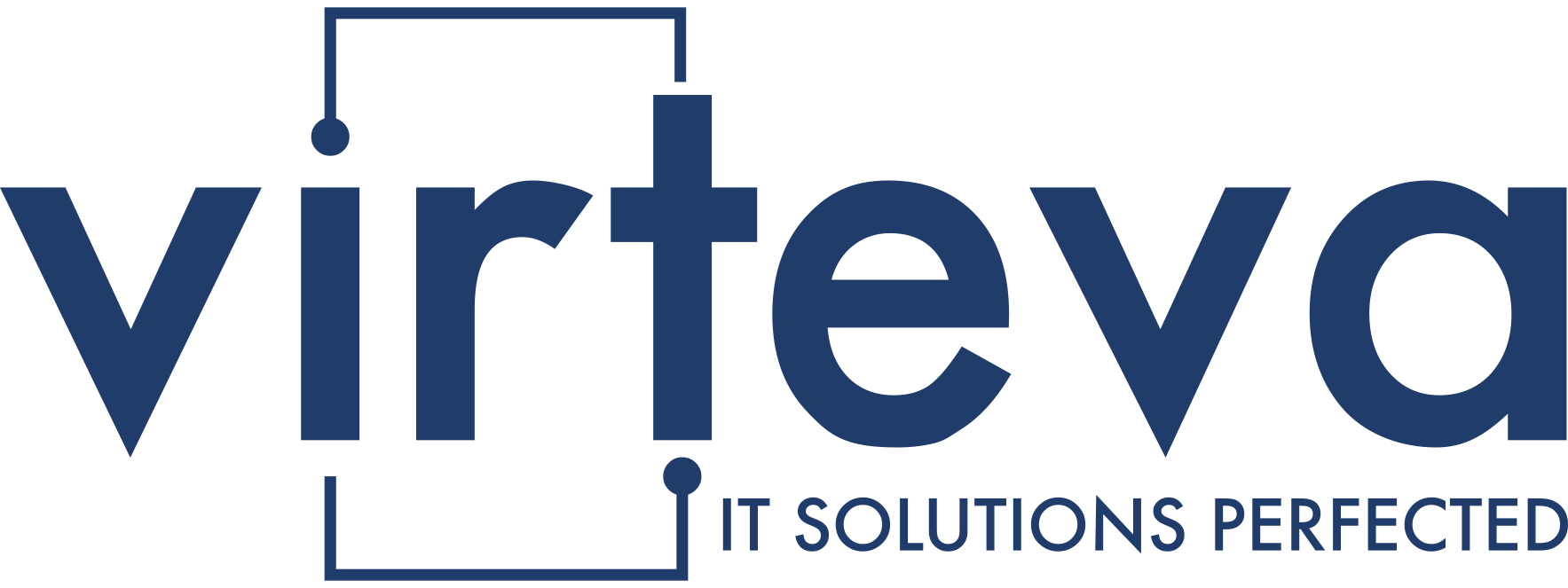Suppose you’re leading IT at a mid-sized healthcare, financial, or manufacturing company. In that case, you’re facing a cold reality: The attack surface growing beneath your feet is probably 10 times larger than you think. Microsoft’s new Security Exposure Management suite isn’t just another security tool – it’s a fundamental shift in how mid-market companies can approach defense.
The Evolution of Security Threats
The security landscape has shifted dramatically. Remember the days when protecting your perimeter was enough? Today’s mid-market companies face sophisticated attack chains that exploit seemingly minor vulnerabilities to reach critical assets. A compromised IoT device in your manufacturing plant, an overlooked permission in your healthcare system, or a misconfigured cloud service in your financial infrastructure could be the start of a significant breach.
Breaking Down the Technical Innovation
Graph-Based Security Analysis
Microsoft’s new approach uses graph technology to map relationships between assets, vulnerabilities, and threats. For mid-market companies, this means:
• Automatic discovery of shadow IT and forgotten assets
• Real-time mapping of relationships between systems
• Visual identification of critical chokepoints in your infrastructure
Hybrid Attack Path Visualization
The system now tracks attack paths across both on-premise and cloud environments, which is crucial for companies with hybrid infrastructures. Key features include:
• DACL (Discretionary Access Control List) analysis
• Cross-domain attack path identification
• Blast radius assessment for compromised assets
Industry-Specific Impact Analysis
Healthcare Organizations (200-1,000 employees)
• Critical Asset Protection: Maps relationships between medical devices, EHR systems, and supporting infrastructure
• Compliance Integration: Automatically flags paths that could compromise HIPAA compliance
• IoMT Security: Specific focus on Internet of Medical Things device vulnerability
Financial Services
• Transaction System Security: Prioritizes protection of payment processing and customer data systems
• Regulatory Compliance: Built-in controls for SOX and PCI DSS requirements
• Third-Party Risk: Maps exposure points from vendor connections
Manufacturing
• OT/IT Convergence: Identifies attack paths between operational technology and IT systems
• Supply Chain Security: Maps digital connections with suppliers and partners
• Production System Protection: Prioritizes vulnerabilities that could impact production uptime
Technical Implementation Deep Dive
Advanced Feature Set
1. Exposure Connectors
• Integration with existing security tools
• Normalized data mapping across platforms
• Custom connector support for specialized tools
2. Attack Path Analysis
• Machine learning-based path prediction
• Risk scoring based on asset criticality
• Automated remediation recommendations
3. Security Initiatives Framework
• Customizable security program templates
• Progress tracking and metrics
• Compliance mapping and reporting
Strategic Implementation Guide
Phase 1: Foundation (Weeks 1-4)
• Asset inventory consolidation
• Critical system identification
• Initial exposure assessment
Phase 2: Integration (Weeks 5-8)
• Security tool integration
• Custom policy configuration
• Team training and process development
Phase 3: Optimization (Weeks 9-12)
• Attack path remediation
• Security initiative launch
• Metrics and reporting setup
ROI Analysis for Mid-Market Implementation
Consider these metrics when evaluating implementation:
• Average incident response time reduction: 60-70%
• False positive reduction: 45-55%
• Critical vulnerability identification speed: 3x faster
• Security team efficiency improvement: 40%
Next Steps: Practical Implementation Approach
1. Immediate Actions
• Audit current Microsoft licenses for tool availability
• Identify critical assets requiring priority protection
• Map current security tool integration points
2. 30-Day Plan
• Deploy initial asset discovery
• Configure basic attack path analysis
• Begin the security initiative framework setup
3. 90-Day Strategy
• Complete tool integration
• Establish baseline metrics
• Develop custom security initiatives
This isn’t just about new security tools – it’s about transforming how mid-market companies approach security. .




